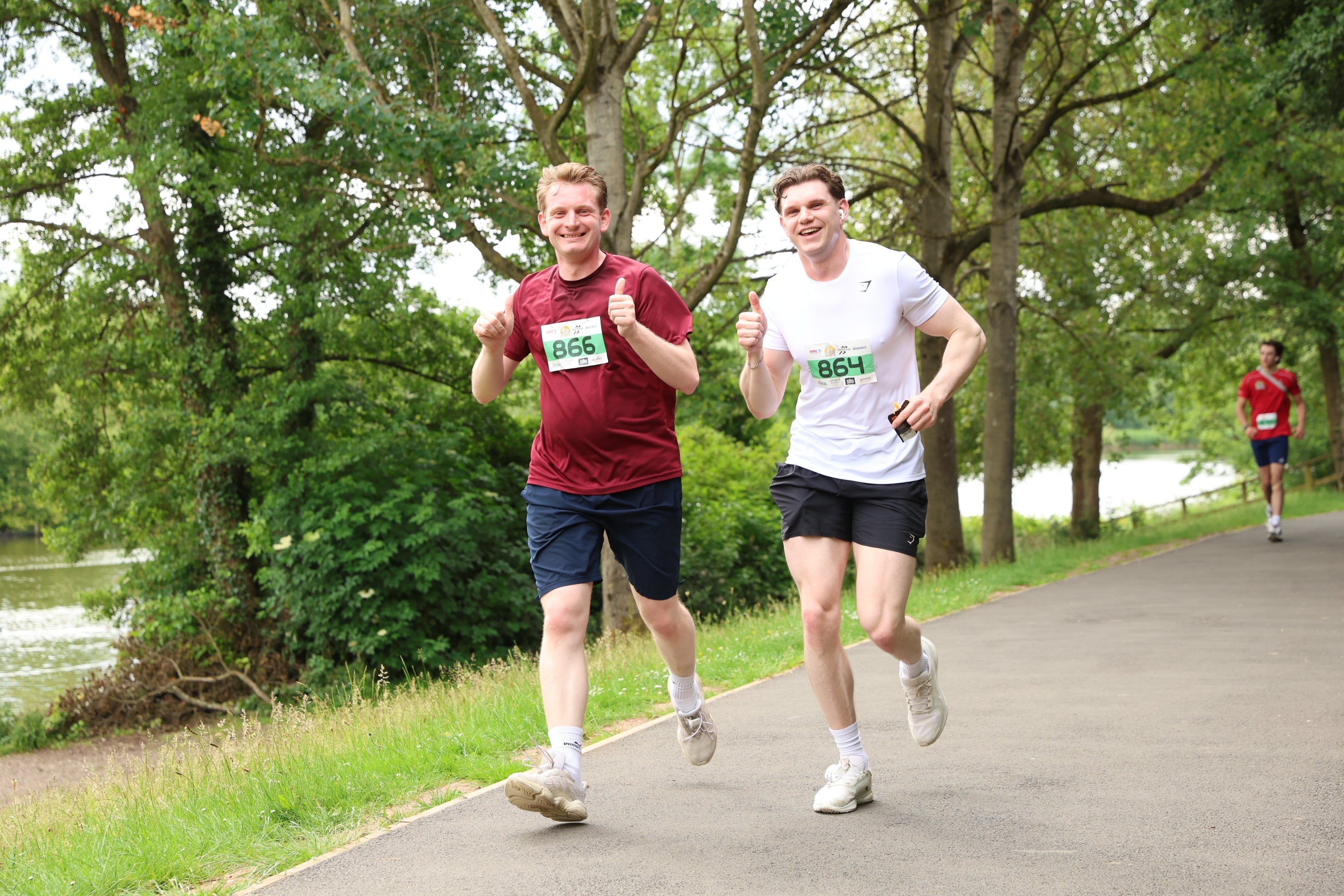If you’ve ever hit “the wall” during a long run or race, you’ve probably reached for an energy gel. And if you’ve ever read the label on one, you’ve probably wondered: What actually is this stuff? And is it bad for me?
It’s a fair question and one more people are asking as they become more aware of what goes into their food, especially when choosing a natural energy gel over synthetic alternatives. Let’s unpack it together.
What Are Energy Gels, Really?
Energy gels are concentrated carbohydrate packets designed to give your body a quick fuel boost during endurance activities like running, cycling, or triathlon. Think of them as portable sugar shots usually 20 to 25 grams of carbs per serving to keep your energy levels stable when your body is burning through fuel fast.
Sounds helpful, right?
Yes, in theory. But not all gels are created equal. And that’s where the difference between conventional and natural energy gels becomes important.
The Problem with Most Energy Gels
Flip over a typical gel packet and you’ll likely find:
-
Maltodextrin
-
Artificial sweeteners
-
Preservatives
-
“Natural” flavours (that aren’t really natural)
-
Thickeners or chemical gelling agents
While these additives might extend shelf life or create a certain texture, they can be tough on your stomach especially mid-run. Many runners report GI distress, bloating, nausea, or worse after using synthetic gels. Some gels are also packed with caffeine or sweeteners that spike your energy and then crash hard.
If your “sports nutrition” leaves you sprinting for the loo instead of the finish line, something’s not right.
Are They Bad for You?
It depends on how you define “bad.” Are energy gels toxic? Not exactly. But if you're consistently putting artificial chemicals, lab-made sugars, and gut-irritating additives into your system, especially when it’s most vulnerable (like during a long run), that’s probably not doing you any favours.
So no, they’re not poison but they might be working against your body instead of with it. A natural energy gel is far more likely to support your performance without the side effects.
What to Look for Instead
The good news? Energy gels don’t have to be artificial. There are cleaner, gentler alternatives that still do the job like a natural energy gel made from real fruit, natural carbs, and nothing else.
When choosing a gel, look for:
-
Ingredients you recognise (like banana, mango, date, etc.)
-
A carb content of 20–25g per serving
-
No artificial additives or preservatives
-
Easy digestibility (your gut will thank you)
-
A taste that doesn’t make you gag at mile 10
A Shameless (but Honest) Plug
At Purendure, we were tired of choosing between performance and clean ingredients so we made our own. Our natural energy gels are made with just real fruit, a pinch of sea salt, and nothing else. That’s it. No maltodextrin. No synthetic junk. Just fuel your body can actually use, without the aftershock.
Whether you’re training for your next marathon or just trying to avoid mid-run bathroom breaks, we believe you deserve better than “lab gel.”
Final Word: Listen to Your Body
Not all energy gels are bad but many are far from good. If you’re feeling sluggish, sick, or just gross after fuelling, it’s worth reconsidering what you’re putting in your body. Clean ingredients, real carbs, and a natural energy gel can make all the difference.
Because let’s be honest, running is hard enough without a stomach ache.



Share:
Purendure and Lincoln City Kick Off Strategic Partnership
When Should You Take an Energy Gel During a Long Run?